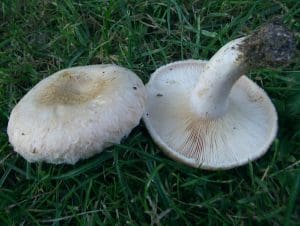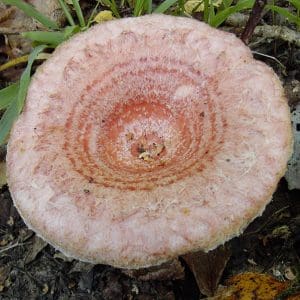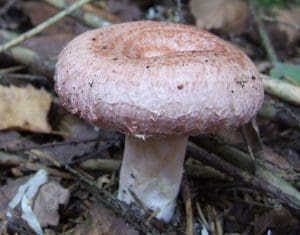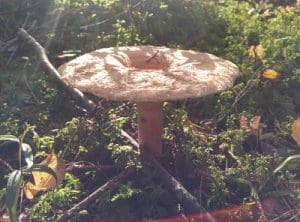Woolly Milkcap / Summer / Autumn / Poisonous
Through this guide we’re going to look at the key feautures to help identify the woolly milkcap mushroom.
Scientific Name
Lactarius torminosus
Family
Russulaceae
Habitat
Woods and heaths, usually with Birch
General Description
It has a cap 4-12cm across which is convex becoming funnel-shaped, margin inrolled and hairy. The cap is pale salmon-buff to pale pink with deeper-coloured, indistinct, concentric bands. The stem or stipe (30-80 x 10-20mm) is pale flesh-coloured to salmon; soon hollow, finely downy. The gills are slightly decurrent, narrow; pale flesh-coloured to pale salmon. The latex produced from cut or torn gills is white; taste hot and acrid.
Identifying Features for the Woolly Milkcap:
Cap:
Initially convex, then flat with a depressed centre, eventually funnel-shaped, concentrically zoned with oranges and pinks, sticky when wet, covered in woolly fibres which hang over the edge. The edge of the cap is rolled inwards.
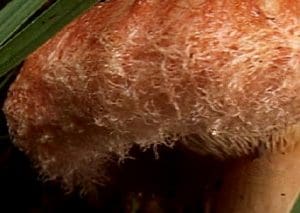
Stem:
Cylindrical or tapering downward, paler than the cap, smooth, becoming hollow.
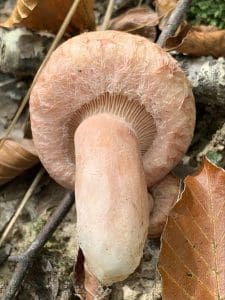
Gills:
Pale pink, crowded, slightly decurrent, sometimes forked near the stem. The milk is white.
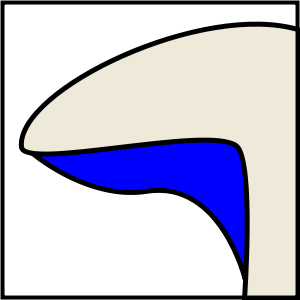
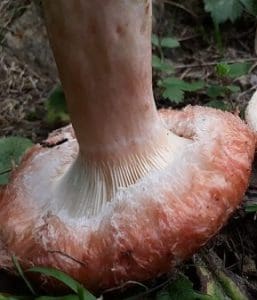
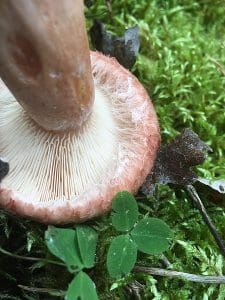
Smell:
Faint mushroomy smell
Spores:
White or slightly pink
Edibility of The Woolly Milkcap
The taste is hot and acrid and it is significantly poisonous raw when it is capable of causing oral blistering. It can be eaten after boiling twice (throwing the water away after each boil), then salting down and is a popular edible species in Slavic countries, especially Russia.
Harvesting
Late summer and autumn.
Known hazards
Poisonous when raw and may cause oral blistering.
Potential lookalikes
Lactarius torminosus is one of the more easily identified milkcaps due to its colour scheme and woolliness, but there are still plenty of slightly hairy milkcaps you might mistake for it. For example, the Bearded Milkcap, Lactarius pubescens, is similar though paler and less woolly than the Woolly Milkcap. Bearded Milkcap is also poisonous.
